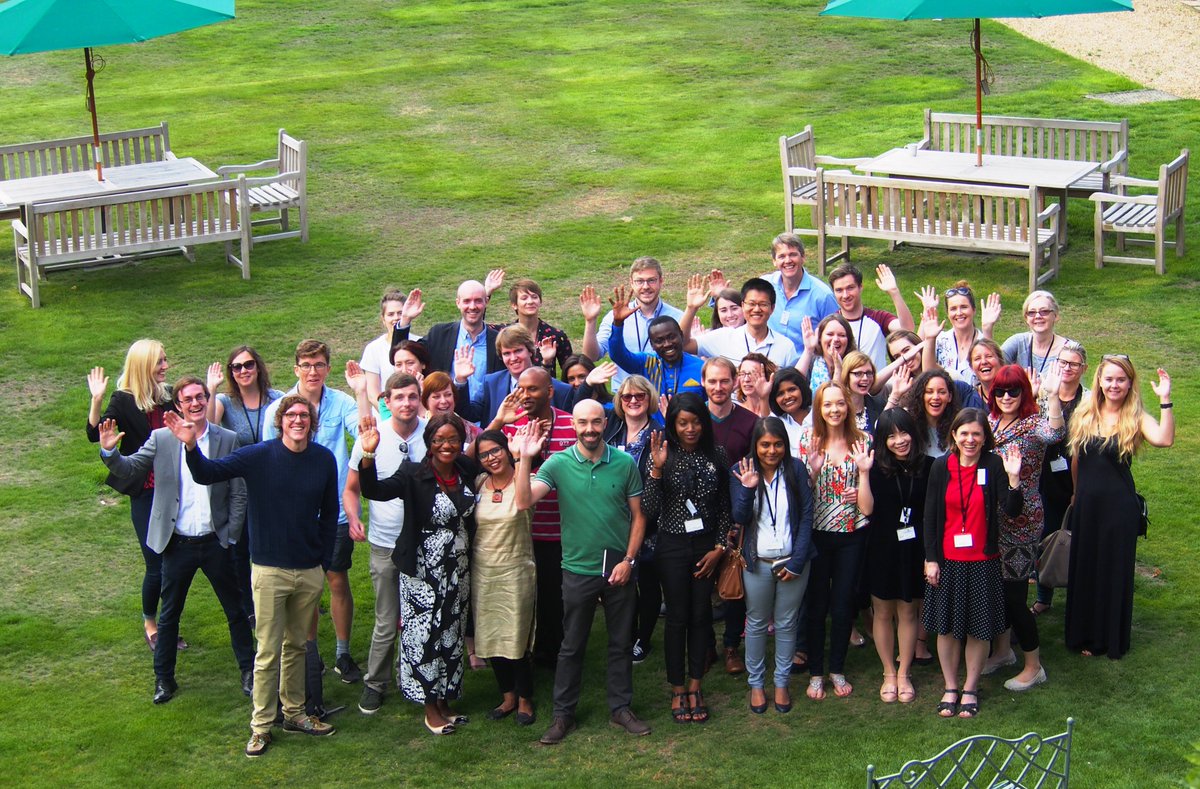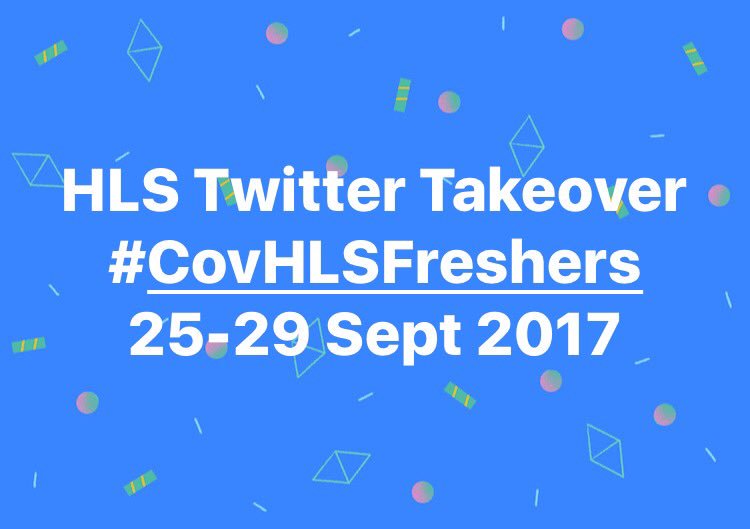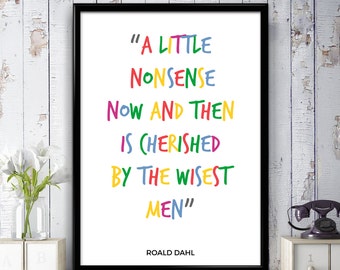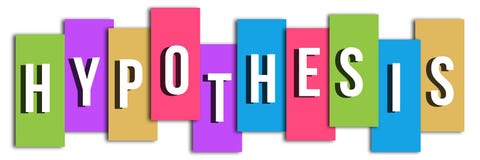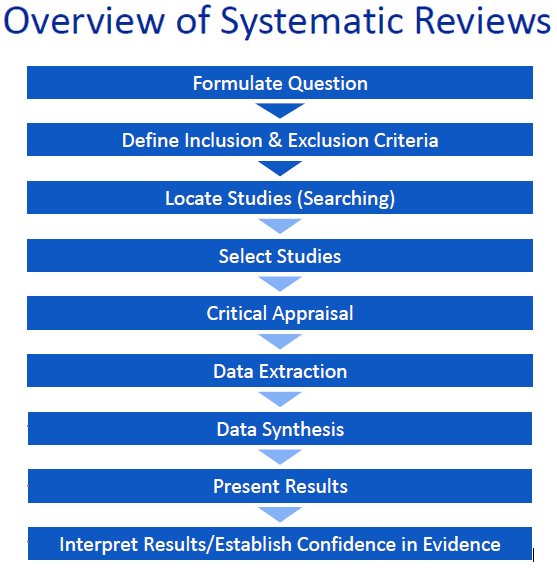For some years now I have had the pleasure of marking student essays and reading their interesting ideas and arguments in relation to a number of healthcare topics. Yet repeatedly, I see the same mistakes being made. These mistakes mean that I cannot assign a higher mark to the work, and that makes me sad. So, I’ve tried to consolidate and explain how to avoid the top 10 essay mistakes.
Want to know how to get higher marks in your essay? Read on…
Top 10 Mistakes Students Make in Their Essays…
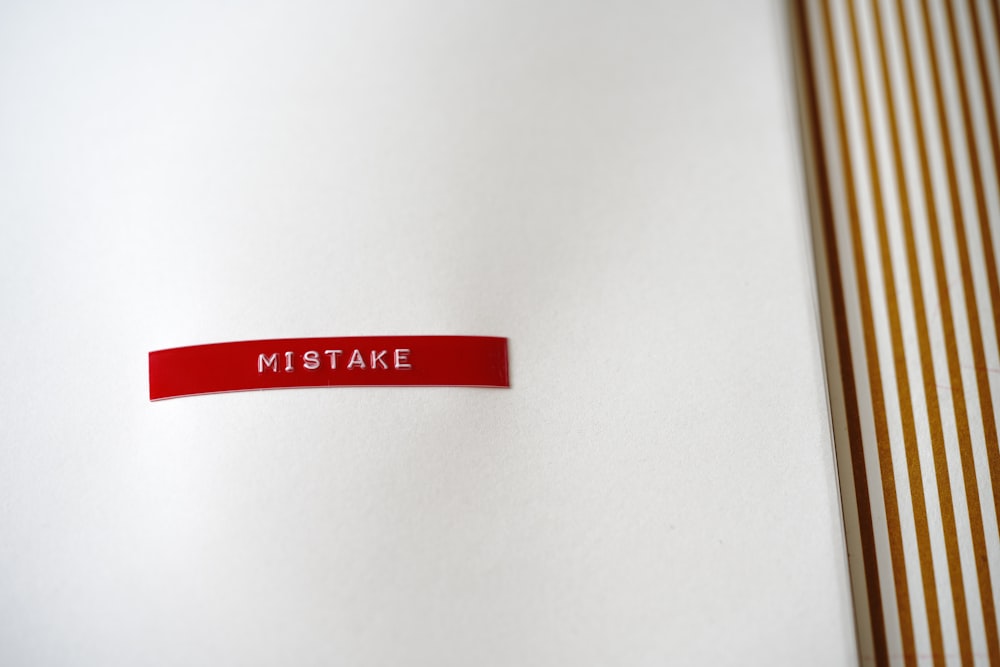
- Always explain acronyms the first time you use them
Many students simply start using acronyms without explaining what they mean. How to fix this? You explain and write first that you are speaking in relation to the United Kingdom (UK)….THEN you can use ‘UK’ throughout the rest of the essay. If you don’t explain it first then I am left guessing as to what you mean throughout the rest of the work.
For further tips on grammar etc… see my other blog post here
2. Ensure correct spelling of practise/practice
This word is often spelled incorrectly. How do you know when to add an ‘S’ or a ‘C’? Try replacing the same sentence with the word ADVICE or ADVISE. The one which sounds more appropriate tells you which to use. For example:
Fitness to ‘advise’ sounds more appropriate than Fitness to ‘advice’. Therefore in this sentence you would spell practice with an ‘S’ so… the correct spelling in this case would be…
Fitness to PractiSe

3. avoid getting your essay structure back to front
Sometimes things can get higgledy piggledy. Your work should flow logically like a story, and it’s structure will depend largely on your own assignment guide….but broadly, appendices will go after reference lists and be labelled and named. You will also need to mention appendices, tables and figures in the main body of the text in order to direct the reader as to where to find things.
A story – a beginning, a middle and an end. Try to follow a narrative structure and your discussions and arguments will follow suit…the best way to do this is with structured assignment planning; each concept and new idea should link together or follow a new introduction.
See my top tips for essay writing here
4. Avoid naked sentences
One single sentence alone does not make a paragraph, yet too often I see this in essays, and it is not particularly useful. Also, I have yet to see anyone make a strong and well reasoned and evidence based argument in only one sentence. More often than not, this will be a single statement, best avoided unless coupled with other meaningful text.

5. Avoid huge chunks of text
A large chunk of text will likely have several points and arguments within it which can get lost overall. If you can break up such large chunks of text into smaller paragraphs, your overall structure will be far stronger. Each paragraph should encompass one argument concisely.
To see how to structure a research paper – See this blog here
6.convince the reader of your argument
When an essay gets a low grade, it is often because the reader is unconvinced of the arguments being made. Sometimes arguments do not go far enough, they are often not concluded. Ensure that you conclude each argument, after you have cited the evidence which lays out your case. For example, you may start the paragraph by saying….
“Johns et al (2020) explain how you can scald yourself by not wearing oven gloves when baking. Equally, Kent et al (2020) emphasize the need to wear oven gloves in the context of cooking in the kitchen. Nevertheless, another study proved that simply letting the oven dish cool down is effective enough in preventing burns in this context (Frog et al, 2020).”
The above example is similar to what I see in a lot of essays. Yet in itself, it does not round up an argument or make a case. It simply states what the evidence is in relation to the topic. To complete the argument, the author needs to draw a conclusion on this. What does this mean? what implications does it have? How strong or weak is the evidence in this regard. This paragraph does not go far enough, and ultimately needs concluding with another sentence or two beginning (for example) with… Therefore… or…As such…(insert very insightful conclusion here).
See my other blog relating specifically to critical analysis here

7.AVOID MAKING LARGE STATEMENTS WITHOUT BACKING THEM UP
Unless you are a world leader or significant and respected public figure, I am afraid you must avoid making large sweeping statements in a sentence without citation. For example, poverty may be a well known issue in many parts of the world. Yet you cannot simply say this (obvious though it may be) without citing a reference which points to the evidence for it. I frequently see this occurring in student essays – I can never assign positive marks to this.

8.ENSURE YOU ARE USING APPROPRIATE REFERENCES
The appropriate use of citations and references is a good thing. It demonstrates evidence of wider reading and makes your arguments stronger. However, the references used must be appropriate in the context of your work and field. In academia, it is generally most appropriate to cite peer reviewed articles from academic journals. Magazines and newspapers may be appropriate to cite in some cases, especially in some specialist fields. However, in nursing and midwifery for example, articles from publications such as ‘The Nursing Times’ will often be secondary sources reporting on the evidence, rather than the primary source of evidence itself. It is always best to cite the primary source of evidence in such cases.
In terms of referencing style, it is important to get this right too. See your own institutions style guide for the particulars.
Top Tip: Google Scholar will give you the top referencing style formats by clicking on the ‘cite’ button under each item listed. Click the ‘ “ ‘ symbol.
To find out how to review the literature, see this blog post.
To find out how to search the literature, see this blog post.

9.AVOID OVER RELYING ON THE WORK OF OTHERS
Too often I see students relying too heavily on the work of others. You should only be referring to the work of others in order to strengthen your own insights and arguments. I cannot give you marks for only telling me what other people say.
10.AVOID BEING OVERLY DESCRIPTIVE
All too often, I see entire paragraphs describing what happened in a particular research study. I can give no marks for this as it is ultimately description. Moreover, I can read the study for myself, so you only really need to give a small description of the study to set the context for what you are trying to say. For example, if you want to talk about the rigor of a study design, all I really need to know is the study design in question. The marks come where you critique, rather than simply describe.
A useful paragraph may begin…
The study by Arthur et al, (2020) included a randomized controlled trial (RCT). RCT’s are generally considered rigorous when….(insightful critique continues)…
See my other blog relating specifically to critical analysis here

…and so we come to the end of our list of avoidable essay mistakes. Now go forth and become the academic unicorn you are.
Follow me via @SallyPezaro; The Academic Midwife; This blog
Until next time…Look after yourselves and each other













